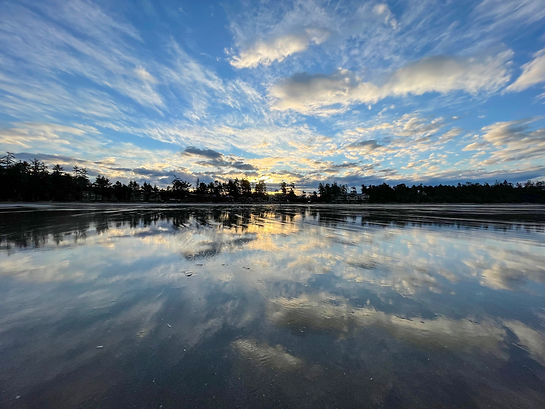About Us
"ACTION"
Creating positive "ACTION" to honor, celebrate and foster a sense of health and wellness for our planet is of paramount importance in 2022! Let's explore all the potential ways we can help be stewards of change in our amazing community through discussion, podcasting, photography and direct action! Let's identify impactful projects we can join, create and build as global citizens who understand the importance of environmental accountability, exploring a charter of rights for nature and by being the change we want to see in the world!

CREATING ACTION
Create a photo series and write up explaining which specific area of NATURE you are PASSIONATE about HELPING OUT with and raising awareness for this year's EARTH DAY 2022!!
STEP#1. CHOOSE YOUR NATURE FOCUS!
STEP#2. RESEARCH & PLAN PROJECT
STEP#3. GIVE BACK! HELP OUT! TAKE PICS!
STEP#4. CREATE PHOTO SERIES!
STEP#5. CREATE WRITE-UP STATEMENT!
EXAMPLE PROJECT:
"BEAUTIFYING OUR BEACHES"









"We honor our ocean by cleaning our beaches and being stewards of the shoreline. We recognize the value of intentionally beautifying our local beaches from garbage, plastics, commercial waste and unwanted dumping. Environmental wisdom is creating direct action now, to ensure clean spaces, for all future generations."
RESEARCH YOUR PROJECT
-
Identify a clean-up site. Choose a place that needs some TLC, making sure that volunteers can safely access the site. Get permission, if needed, for your clean-up event, perhaps from the local parks agency.
-
Choose a site coordinator. (That might be you!) A beach clean-up takes a lot of work and needs an organized person to keep everything on track before, during, and after the event. You can use NEEF's NPLD Site Manager guide for best practices for organizing volunteer events.
-
Visit the site in advance. The coordinator will need to know where to set up a volunteer check-in station, where to leave trash and recyclables, and what area(s) volunteers will clean.
-
Gather supplies. Depending on your location, you’ll need supplies such as trash bags, a first aid kit, hand sanitizer, wipes, and large coolers of water. You should also provide (or ask volunteers to bring) items such as reusable work/garden gloves, reusable water bottles, sunscreen, and bug spray.
-
Plan how to handle the recyclables. Reach out to recyclers in your area (and perhaps your community’s solid waste departments) to make arrangements for accepting any glass, plastic, and aluminum that you collect.
-
Line up event partners. Contact local businesses for donations of drinks, food, and supplies. Ask a local solid waste hauler to donate their services for trash removal.
-
Plan for handling hazardous waste. Determine how you’ll dispose of any medical and sewage waste you might find. One solution: A wide-mouth container with a tight-fitting lid, such as an empty laundry detergent bottle. Clearly label that it contains hazardous waste.
-
Get volunteers to help. Recruit friends, family, co-workers, and neighbors. Create an event on Facebook and ask volunteers to sign up online. This will give you an idea of how many people to expect and will help communicate event details.
-
Track your trash. Become a citizen scientist with the NOAA Marine Debris Tracker App. Submit your location and findings to contribute to this global data collection.
-
Stay safe. Be prepared for a variety of health emergencies, from minor cuts and scrapes to heat stroke.
-
Take photos! Post pics online to share the success of your event and recognize volunteers for their hard work.
CHOOSE YOUR SUSTAINABILITY GOAL!!
BROOKS